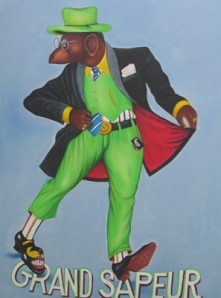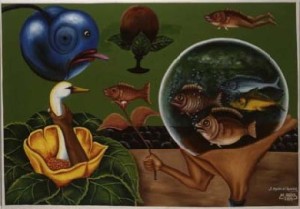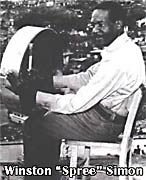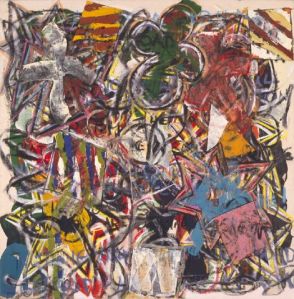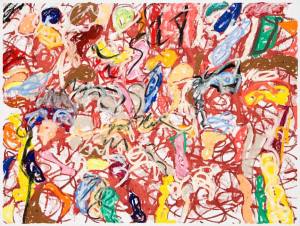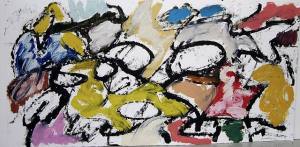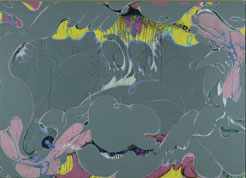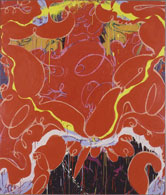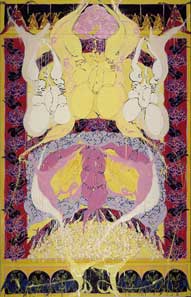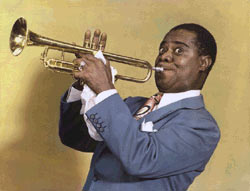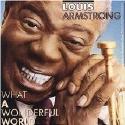Pierre Bodo
Le Grand Sapeur
2005
Acrylic on canvas
70.87 x 51.18 inches
180 x 130 cm
Pierre Bodo
Le mystère de l’Aquarium
2002
Oil on canvas
50 X 71 5/8 inches
127 X 182 cm
Pierre Bodo
Untitled
2001
Acrylic on canvas
54 3/8 X 75 5/8 inches
138 X 192 cm
Pierre Bodo was born in Mandu, Democratic Republic of Congo, in 1953. He presently works and lives in Kinshasa, Democratic Republic of Congo.
Pierre Bodo is one of the founders and main proponents of the Zaïre School of Popular Painting. His works strongly portray his belief to create art that could change the path of history. Bodo paints anything and describes everything that he has seen or experienced in his life. Pierre Bodo’s works of art became chronicles, pamphlets, manifestos, demands or advice. He is a very popular painter. One of the main themes that he painted was called the “Ndoki Zoba” (sorcery). The point of these paintings was to discourage the practice of sorcery. Later, in 1980, Bodo converted to Christianity, and he joined the Pentecostal church. He was one of the most passionate pastors of “world evangelism.”
During the early 1990’s, Bodo enhanced his style significantly so he would be able to express his personal ideas and that they would have more impact. His goals were to improve life and to share his dreams of a better world. Later, he worked with strange symbolic or fantasy subject matter from his dreams. He expresses everything that happens to him throughout his work. He doesn’t focus on particularly African topics and he addresses himself to the world. Some of his works River of Delights, Ignorance, or Love, the Source of Life, perfectly show his beliefs and his goals.
The reason why I chose this artist’s work to talk about is because I like the way he uses bright colors and how his pieces of work look so lively. I like how interesting and weird his subjects look throughout his paintings. I think his pieces are very creative and draw your eyes to look at them more and wonder what was going through the artist’s mind.
Sources:
CAACART.com. http://www.caacart.com/pigozzi-artist.php?i=Bodo-Pierre&m=38&s=253 (accessed April 29, 2010).
CAACART.com. http://www.caacart.com/pigozzi-artist.php?i=Bodo-Pierre&bio=en&m=38 (accessed April 29, 2010).
